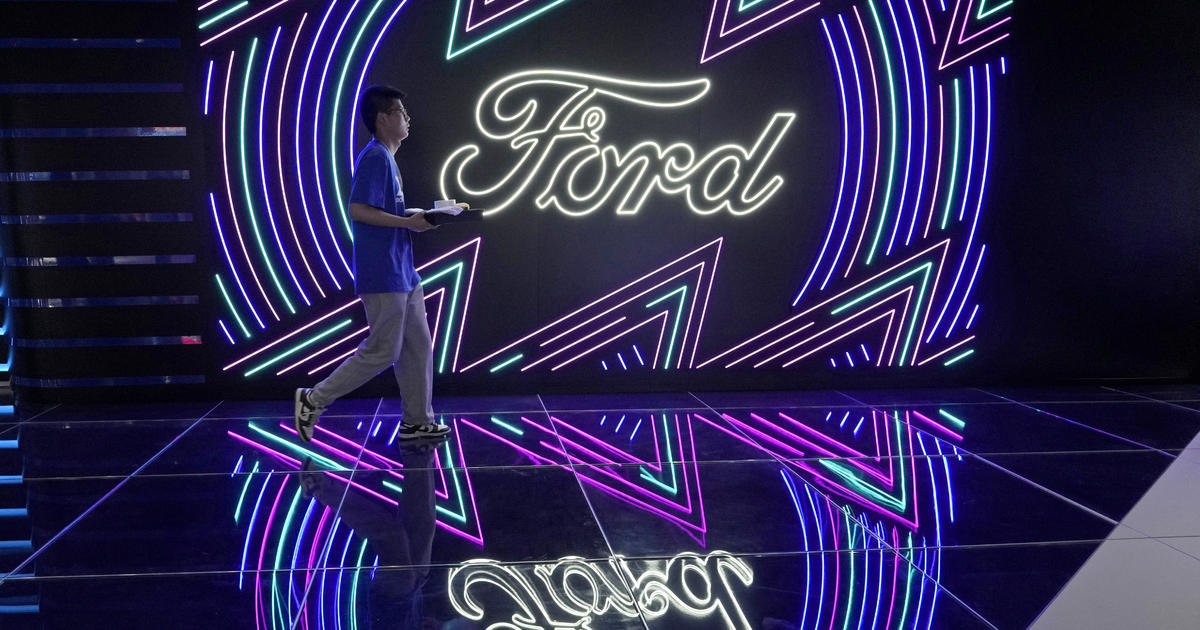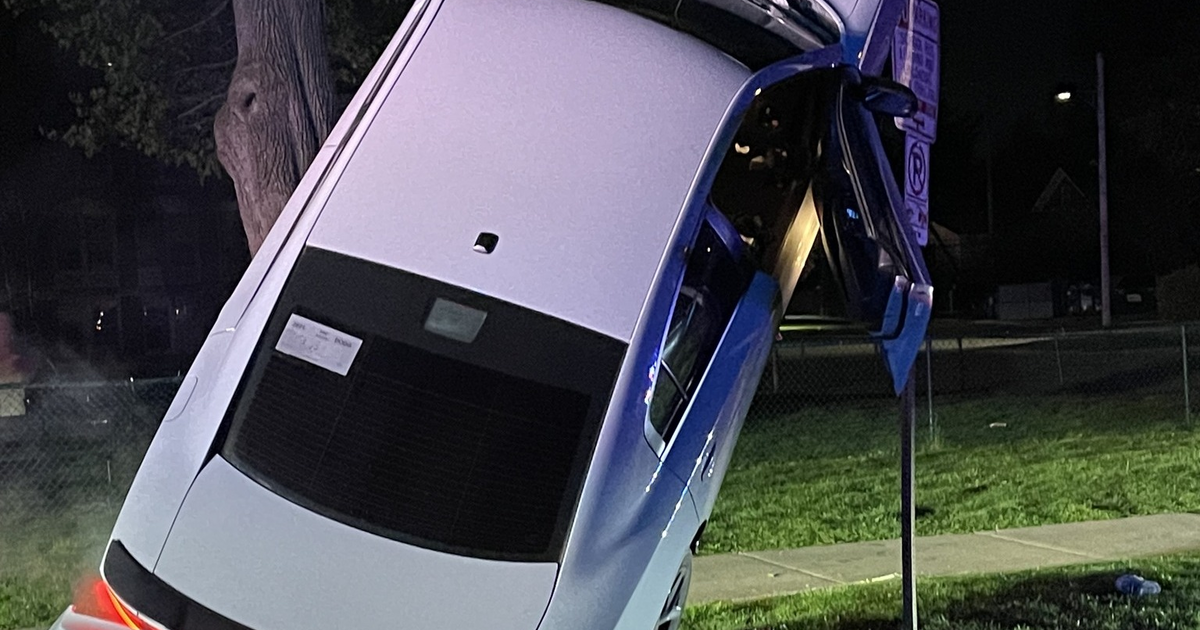Ford's Flexible Michigan Assembly Plant Makes History With C-Max
WAYNE -- Ford Motor Co.'s Michigan Assembly Plant here is making history with each new C-Max Energi plug-in hybrid that rolls off the line. It is the only manufacturing site in the world to build vehicles with five different powertrains on the same line and the only one to build four vehicles that deliver 40 mpg or more in real-world driving.
Ford is committed to deliver eight vehicles for U.S. customers by year-end that deliver 40 mpg or more, a claim no other full-line automaker can match. MAP builds half of those -- C-Max Energi, C-Max Hybrid, Focus Electric and Focus SE with SFE -- helping Ford complete a lineup that now beats Toyota in fuel economy in every segment where they both compete
"Michigan Assembly Plant is setting a new global standard for flexible manufacturing, and is a central part of Ford's important milestone, sweeping Toyota across the board for fuel economy leadership," said Jim Tetreault, Ford vice president of North America Manufacturing. "The transformation of this plant is proof of how our One Ford plan has transformed our products, giving our customers industry-leading choices for hybrids, plug-ins, electrics and EcoBoost-powered vehicles."
Converted from a plant that produced two full-size SUVs, MAP is now the only factory in the world to build gasoline-powered, electric, hybrid and plug-in hybrid vehicles on the same production line. MAP produces the following vehicles that offer Ford customers a range of fuel-efficient options versus Toyota and other competitors:
* C-Max Energi -- America's most fuel-efficient and affordable plug-in hybrid vehicle is on its way to Ford EV-certified dealers in half the states across the country. As Ford's first production plug-in hybrid, C-Max Energi provides customers with an all-new electrified vehicle offering that delivers a class-leading 108 MPGe city EPA rating, "real car" horsepower of 195 (versus Prius plug-in's 134 horsepower) and a leading EV-only speed of 85 mph, 20 mph above the Prius plug-in.
* C-Max Hybrid – The country's most fuel-efficient and affordable hybrid utility vehicle is now the best-selling hybrid utility vehicle after outselling Toyota Prius v, 3,182 units to 2,769 units, in just its first full month of sales in October. C-Max Hybrid delivers EPA-certified 47 mpg city, 47 mpg highway ratings -- 7 mpg better than the Toyota Prius v on the highway -- for a 47 mpg combined rating -- plus more performance and technology.
* Focus Electric – Officially America's most fuel-efficient five-passenger car, with a certified 110 miles per gallon equivalent (MPGe) city rating and 99 MPGe on the highway. Focus Electric, a zero-emission battery electric vehicle, also has been certified by the EPA to offer 105 MPGe combined, beating Nissan Leaf by 6 MPGe while offering more motor power and more standard features.
* The Focus ST – Its new 2.0-liter EcoBoost four-cylinder engine is certified at 32 mpg highway – better than its manual-equipped competition in the Volkswagen GTI and MazdaSpeed3.
* Focus with the SFE (Super Fuel Economy) package – This car delivers an EPA-certified 40 mpg on the highway and 28 mpg city through its advanced six-speed automatic transmission.
Four years ago, Ford's Manufacturing and Product Development teams began working together to develop product platform designs that enable the use of programmable equipment to produce multiple variations of products in one facility. Today, more than 80 percent of the tooling in the plant's body shop can be programmed to weld a variety of body styles. This allows Ford to quickly adjust the mix between models as customer preferences change.
In the final assembly area, Ford Manufacturing engineers collaborated closely with UAW representatives to design job stations that can be adapted to different kinds of work content, depending on the vehicle. For example, even though C-Max vehicles have 1,074 separate parts from the Focus, both vehicles travel through nearly all of the same 604 workstations in the trim and chassis areas.
Several workstations play key roles in the plant's ability to build both electrified and gasoline-powered cars.
In chassis, workers at one station have plastic fuel tanks on one side of the line and electric chargers on the other. Depending on the build sequence, they install either a charger in a Focus BEV, or a fuel tank in a C-Max or gasoline-powered Focus.
Several stops further down the chassis line, other workers attach either battery packs or exhaust systems, depending on the vehicle.
In the trim area, multiple stations have been reconfigured so that a team of workers has a longer time window to do the complicated functions of installing a high-voltage wire and battery into C-Max or Focus BEV, while being given quicker tasks to perform when gasoline-powered Focus cars come down the line.
In addition to the $550 million that Ford invested to convert MAP into a flexible factory, the company added a third crew of 1,200 workers in May, bringing total employment to 5,170 workers.



